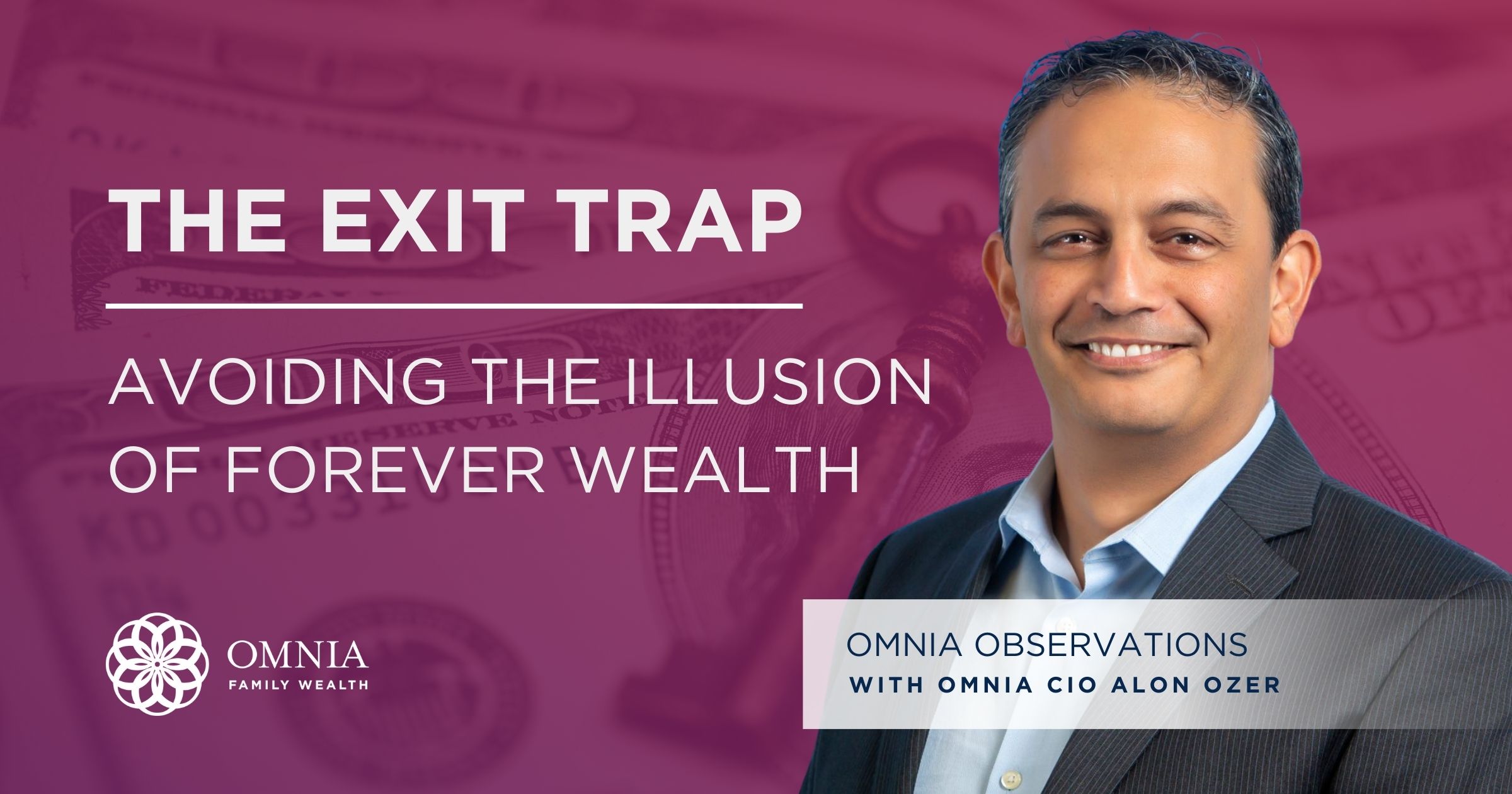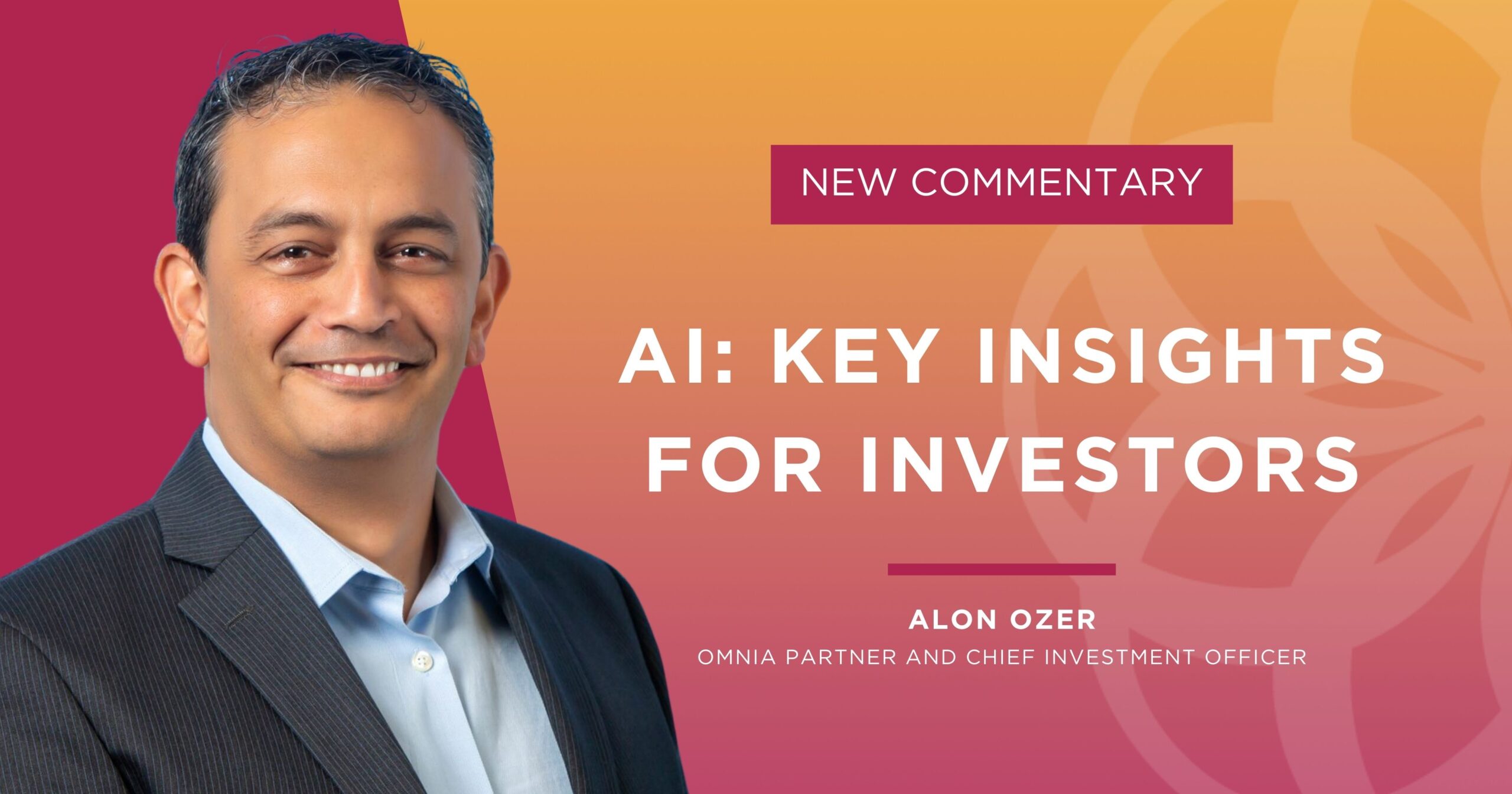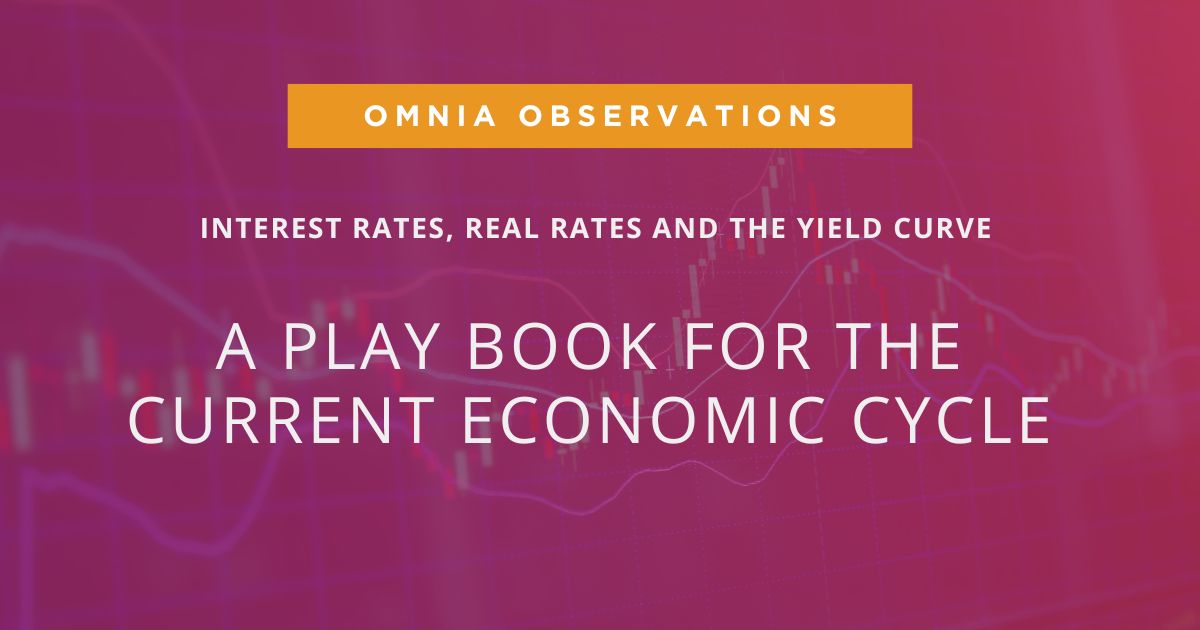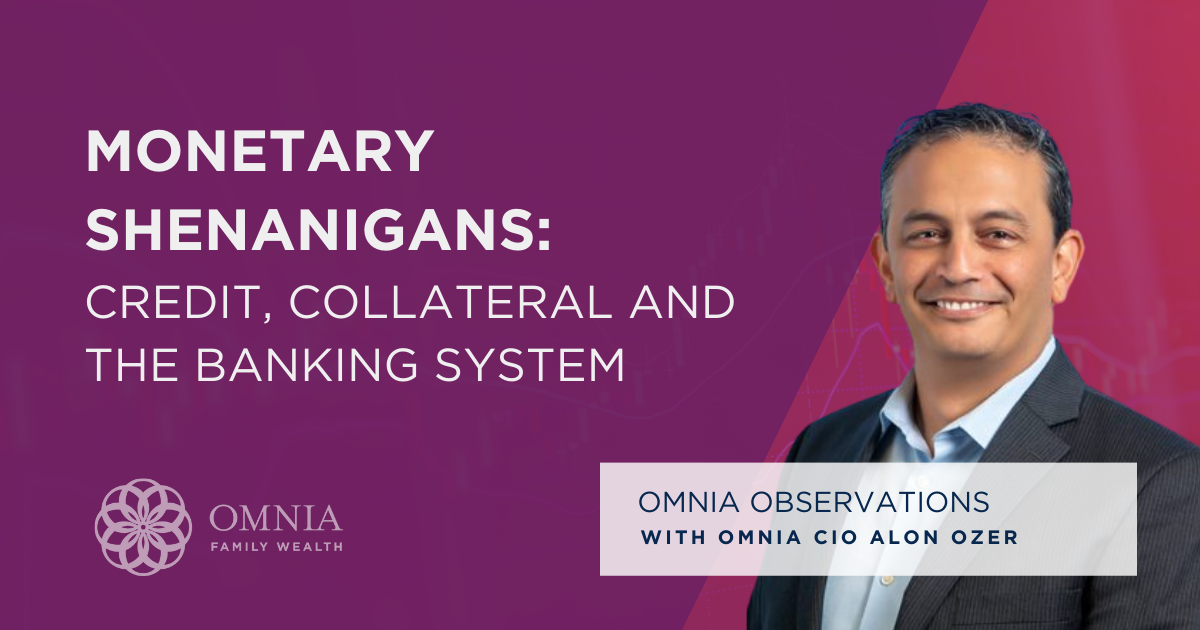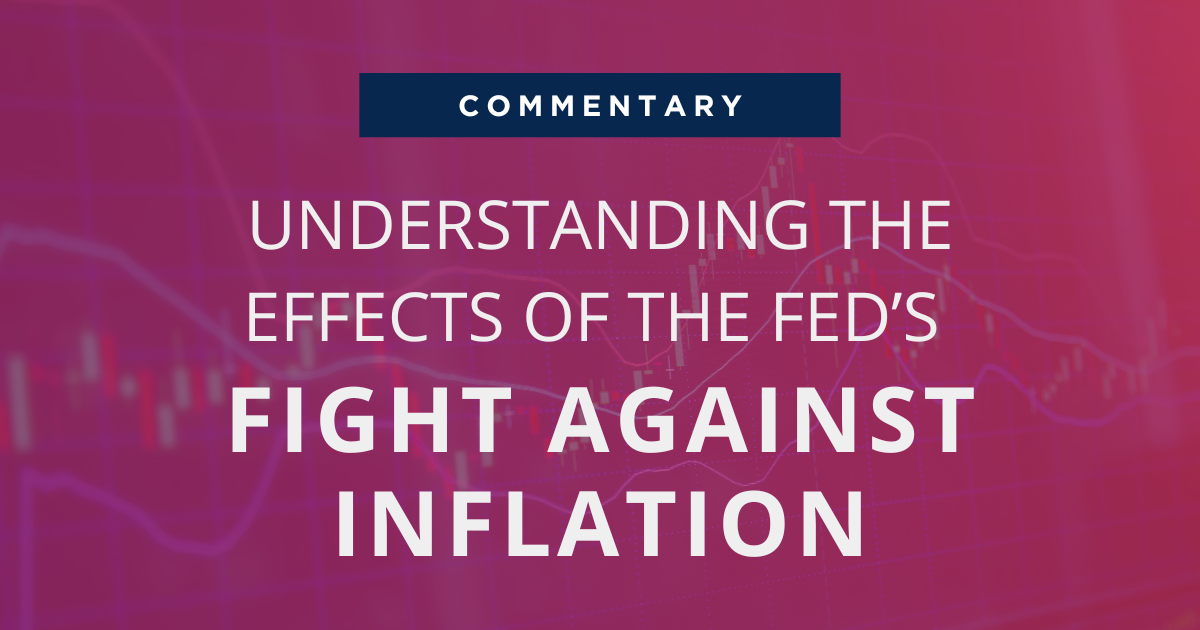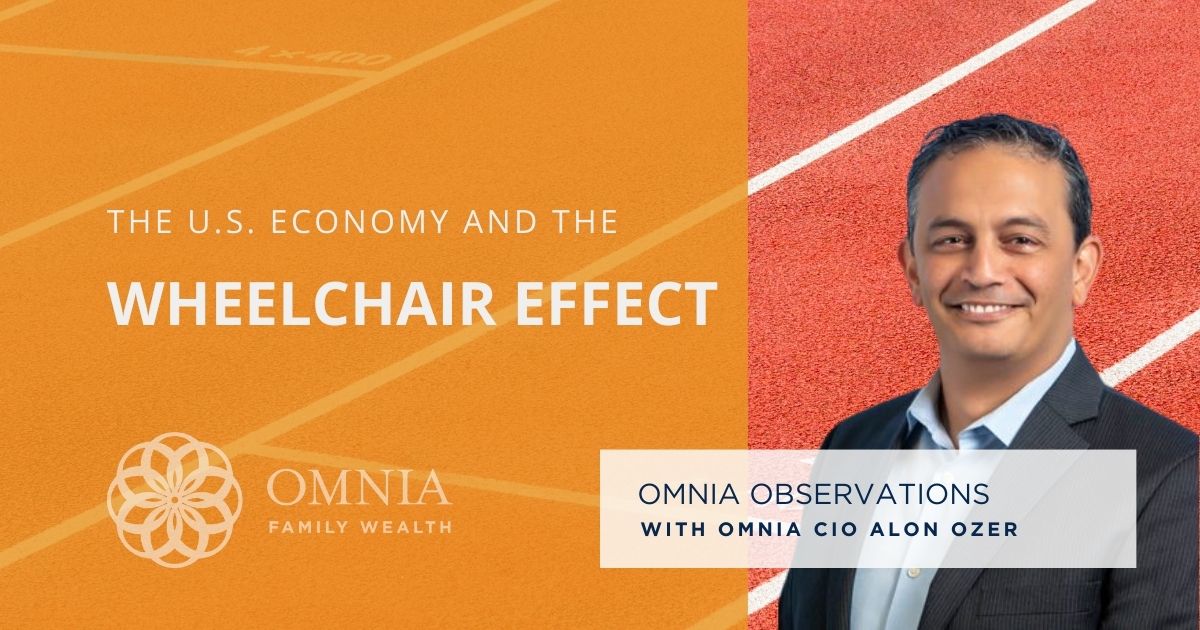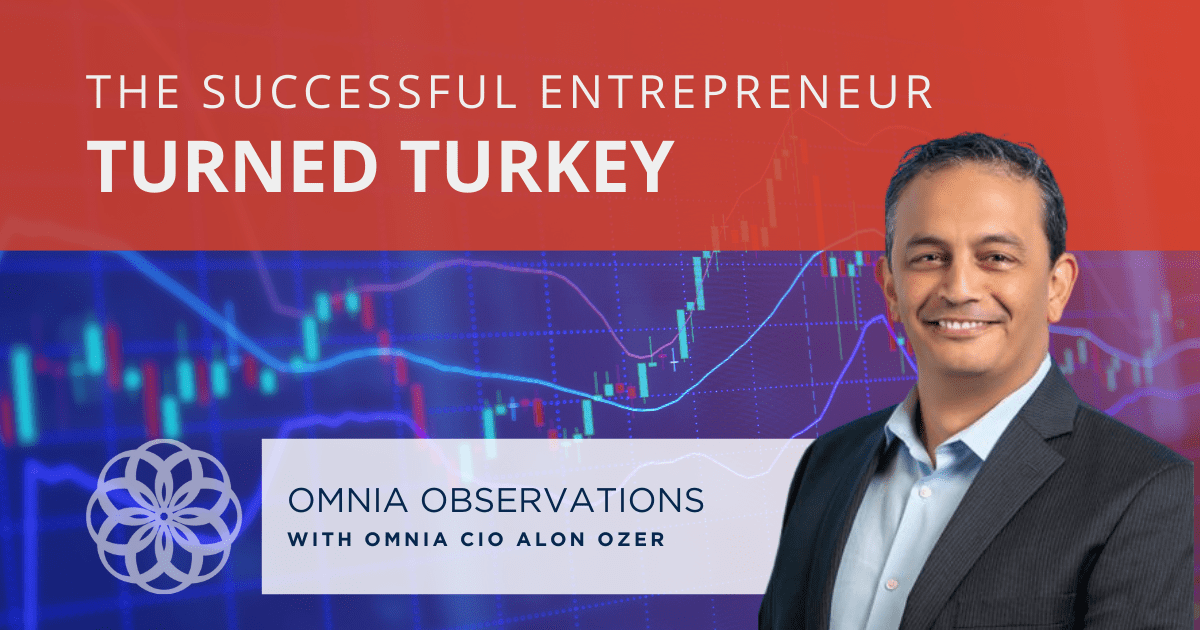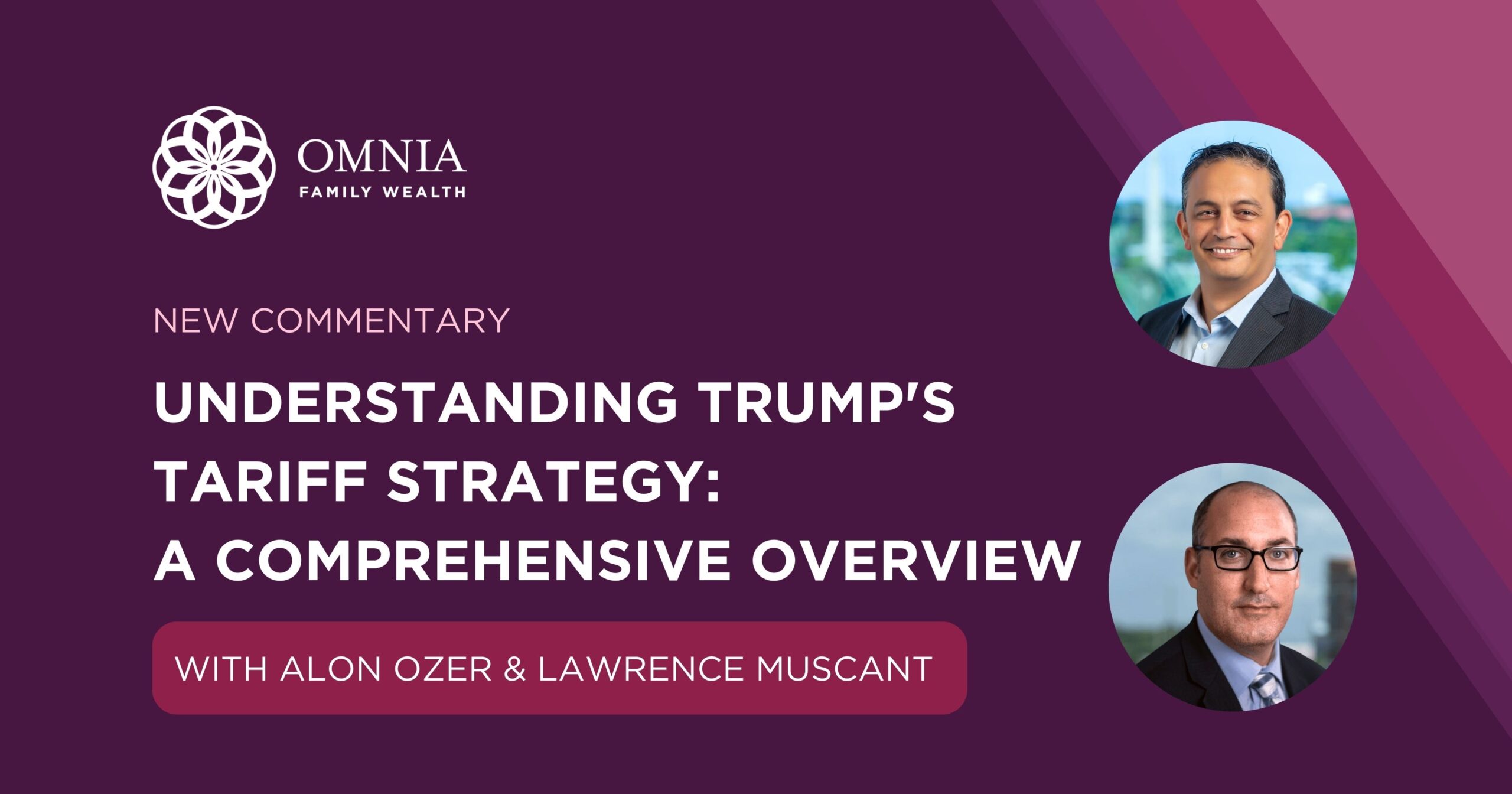
Behavioral Biases and Their Effect on Investors’ Decisions
Most important decisions we make in life involve two elements: the objective, measurable facts, and our subjective views on the desirability of what is there to gain and what is there to lose by our decision. There is no formula. Both elements are important and neither is sufficient by itself. It is no different when we make decisions about risk and investments. The challenge all investors face is that while objective elements can be tracked and measured, subjective elements are sometimes influenced by personal biases and can be made with irrational thinking.
Behavioral Biases:
Traditional finance theories assume that investors are rational and make optimal investment decisions to maximize their wealth. However, behavioral finance theories indicate that when making investment decisions, investors fail to remain fully rational due to various psychological biases.
In their groundbreaking paper, “Prospect Theory: An Analysis of Decision under Risk” (1979), Daniel Kahneman and Amos Tversky convincingly demonstrate that even when all information is available, individuals are highly susceptible to cognitive errors. They concluded that human beings are by and large irrational decision-makers.
Common Biases:
As human beings, we all have certain built-in biases. We will focus on the three most prevalent: confirmation bias, loss aversion, and herd mentality.
Confirmation Bias
People mostly will look for information or ideas that will validate their own beliefs. For example, when watching a TV channel, viewers will choose a channel that represents their political views, and avoid those with opposed opinions (CNN and Fox News). Many times even if the person reads the two sides of an argument/opinion, the confirmation bias will cause the person to only remember the information which confirms his thoughts about the topic. In investments as well, investors tend to stick to one view for a long time, validating it by reading only supporting research.
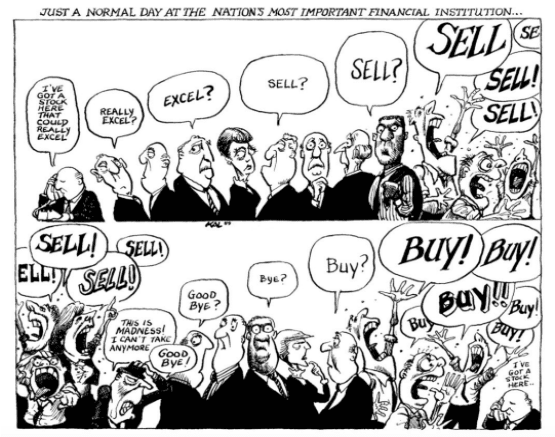
Source: Billy Ireland
Loss/Pain Aversion
In their research, psychologists Amos Tversky and Daniel Kahneman found that people’s attitudes toward the probability of gains (“upside risk”) may be very different from their attitudes toward the probability of losses (“downside risk”). Most people feel the pain of loss much more than the joy of gains.
One example is the fear of flying. We all know that the chance of an airplane accident is significantly lower than the chance of an automobile accident, yet most people are still more afraid of flying than driving. Why is that? The answer is very simple, passengers give more weight to the magnitude of an accident than to the probability of an accident. In an airplane accident, the outcome will most likely be fatal.
Herd/Mob Mentality
We are all social animals. It is known that people do not like to be left out of a trend or a movement. The herd mentality can be seen in the financial markets. Just think about the recent “hot” investments in bitcoin and marijuana stocks, many investors joined the party late and suffered significant losses.
Historical examples of herd driven bubbles and busts:

Is there a way to avoid falling into the biases trap?
The answer is no; We are all human and for that we cannot eliminate 100% of the influence of these emotional biases. We can, however, minimize their effect on our investment decisions by having a well thought out methodology that takes into account the objective facts as well as our subjective views.
Here are some suggestions:
- Having the appropriate tools to objectively determine potential risks and returns on an investment idea/asset are extremely important. CNBC and Bloomberg TV are not objective tools.
- Define what risk is for you. Is it an asset price volatility, low return, or a full loss of principal? In the case of institutional investors, the risk may come from a decline in reputation or loss of job security.
- Define in advance what risks you are willing to take and for what level of return. The best investment ideas are asymmetrical in terms of potential gain and loss, in your favor.
- Remember you can always be, and many times will be, wrong. But be able to assess what the implications are of you being wrong and manage that risk accordingly.
- Have a colleague with an opposing opinion “break” your investment thesis to test the strength of your idea.
- When the fear and discomfort, or enthusiasm, you feel about an investment idea is shared by almost everyone else, go back to the drawing board and retest your theses.
Just by following these simple guidelines for decision making, you’ll be doing better than the majority of investors in the market place. Underlying fear and greed are the propellers that drive the engine – so what investors have to remember is that going against the herd is often difficult, but the best decision. We all know to buy low, and sell high – but putting that into practice is more difficult than we think.

